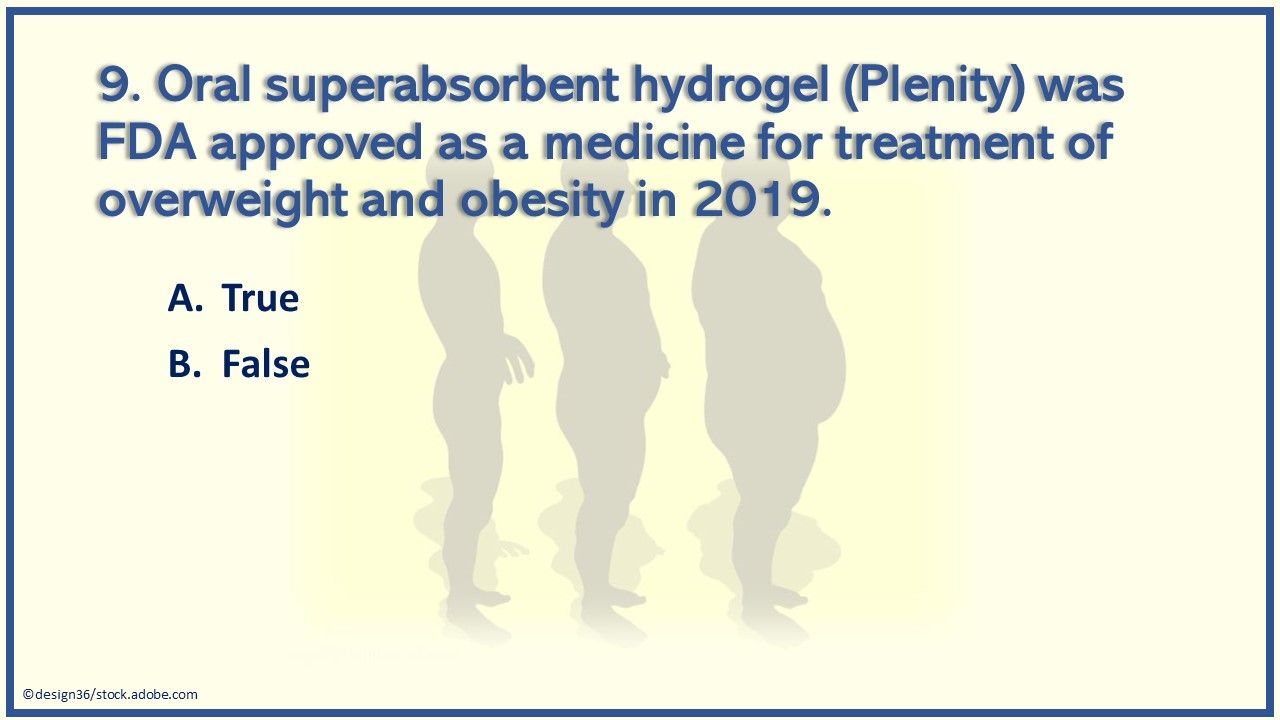
September 5, 2024
Tesofensine, A Novel Antiobesity Medicine, Silences Gabaergic Hypothalamic Neurons Pmc
Anti-obesity Drug Exploration: Advances And Obstacles Nature Reviews Medication Exploration Although an FDA sub-panel suggested Contrave for authorization as an anti-obesity treatment, the FDA inevitably rejected Contrave for anti-obesity therapy, and requested a huge cardiovascular threat trial to attend to possible adverse effects before it might authorize the drug (Orexigen, 2011). Orexigen plans to appeal the decision after failing to reach an arrangement with the FDA on just how to conduct such a test. Orexigen also suspended scientific tests for Empatic, a mix of the antiepileptic medication zonisamide and bupropion. In phase II professional tests with overweight people, Empatic induced higher weight-loss when contrasted to its private components or sugar pill (Orexigen, 2009). Nevertheless, this is just a start and a much deeper molecular understanding may cause even further renovations in GLP1R agonists, or various other representatives that could act by an independent device at similar physiological sites. Different peripherally acquired endocrine aspects control food intake by collectively acting on specified neurocircuits in the hypothalamus and other mind regions103,104,105,106 (Box 1; Fig. 2). Although this securely managed system is essential for survival, it has emerged as a major barrier to attaining sizeable body weight reduction, as it progressively resists negative energy equilibrium and undernutrition107,108,109,110. One of the most likely appropriate underlying systems is a reduction in peripheral adiposity signals (leptin, insulin) complying with weight-loss, and prolonged fasting brings about boosted expression and sensitization to orexigenic neuropeptides in the hypothalamus and the hindbrain.The Prospective Impact On Obesity
Both drugs improved glycemic control, induced similar weight reduction, and decreased blood pressure (55 ). One of the most constant side effects were short-term light queasiness and small hypoglycemia, which were much less typical with liraglutide than with exenatide (56 ). Antibodies created with a minimal regularity in liraglutide-treated topics than in those treated by exenatide, likely due to its better structural similarity with human GLP-1 (97 vs. 52%). However, it is encouraging that the development of antibodies does not impact the medication effectiveness.- PYY3-- 36 was discovered to have reasonable bioavailability when given in a nasal spray formula, but in a 12-week, randomised, double-blind, placebo-controlled, scientific trial in healthy obese topics, nasal management of the lower dose generated just nominally higher weight-loss than placebo.
- A more detailed characterization of individuals should serve to enhance the near-term possibility for success and supply informed instructions for progressing the future generation of AOMs.
- At the time of diagnosis up to 90% of clients with craniopharyngioma are reported to contend the very least one pituitary hormonal agent shortage (39, 40, 50).
- The three-way system of activity, nonetheless, may offer serious side-effect issues in large-scale trials.
What class of drug is tesofensine?
Tesofensine is a Serotonin-norepinephrine-dopamine-reuptake-inhibitor (SNDRI). SNDRIs are a class of psychedelic antidepressants. They act upon neurotransmitters in the mind, specifically, serotonin, norepinephrine and dopamine.

Challenges Facing Aom Advancement
Weight reductions (from − 3.3 kg to-- 4.3 kg) attained by the treatment with various doses of cetilistat (60 mg t.i.d., 120 mg t.i.d., 240 mg t.i.d.) over a 12-week duration were statistically substantial compared to placebo (24,25). The treatment with cetilistat led to significant reductions in complete and LDL cholesterol degrees in obese people (24) and in an enhanced glycemic control in obese individuals with diabetes mellitus (25 ). Cetilistat treatment was well endured and showed fewer side effects compared to orlistat. Substantially minimized regularity of stomach adverse events after cetilistat can be attributable to architectural differences between both molecules and their communication with fat micelles in the intestinal tract (25 ). In 2014, liraglutide 3 mg came to be the initial GLP1-based AOM to be presented to the US market for therapy of obesity in grownups, and in 2020 was accepted for weight management in teenagers aged 12 years and older with obesity (see Associated links). Prior to this (considering that 2010), liraglutide was used as Check out here a subcutaneous shot for treatment of T2D in day-to-day dosages of as much as 1.8 mg, showing a reduced incidence of significant unfavorable cardio events compared to best requirement of treatment in the LEADER trial76. These improvements are crucial for total wellness and reduce the danger of obesity-related diseases like kind 2 diabetic issues and heart disease. A variety of brand-new anti-obesity therapies that may have ramifications for food addiction treatment remain in Stage 2 and Phase 3 trials (see Table 8.2). These consist of combinations such as raclopride and bupropion, which target dopamine; naltrexone, which targets the opioid system; and a baclofen/topiramate mix, which targets the GABAergic system. 
Social Links